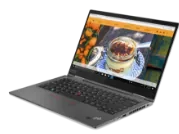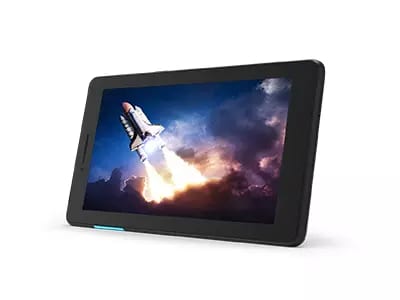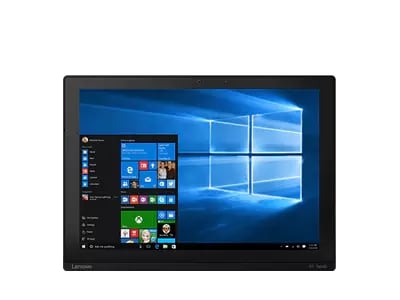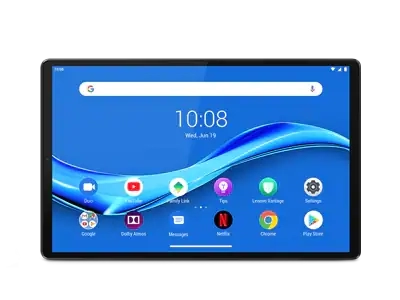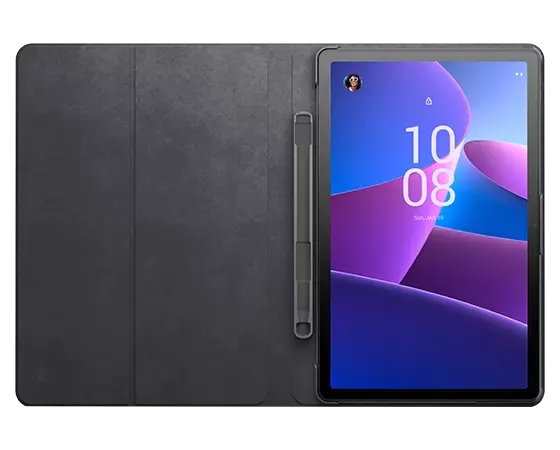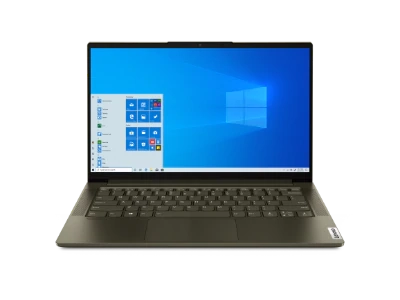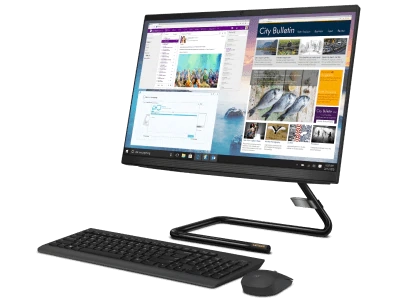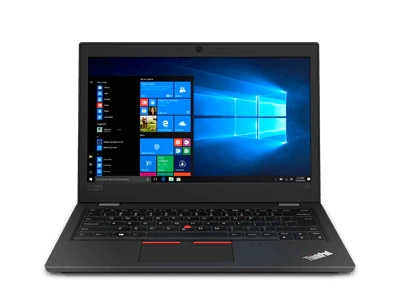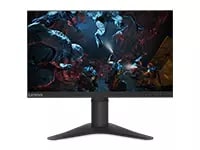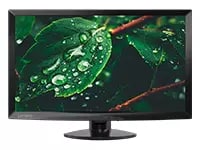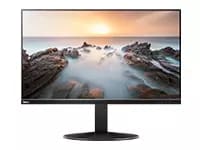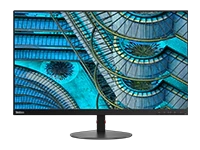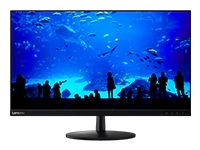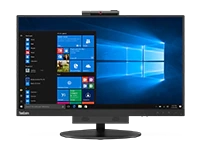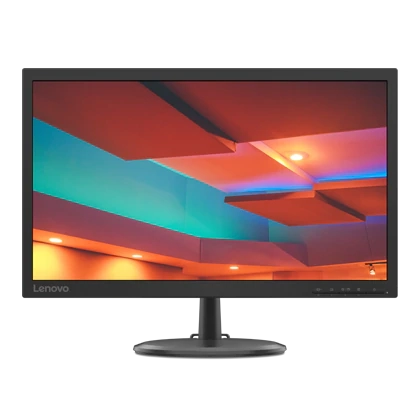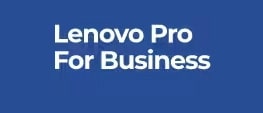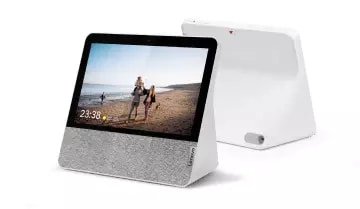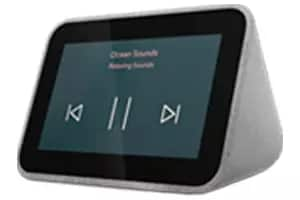AR, VR, MR, and Tango
Augmented reality (AR), virtual reality, (VR) and mixed reality (MR) are getting a lot of attention these days. New uses of these technologies -- both practical and fun -- emerge each year. Among the latest AR-enabled devices are smartphones that use platforms such as Google's Tango or ARCore to sense their surroundings and enhance the camera view with an array of useful or entertaining features.
What is Augmented Reality)?
Augmented reality (AR) is a technology that enriches the real world with digital information and media. It does this -- in real time -- by overlaying 3D models, videos or other data with the camera view of a smartphone, tablet, PC, or other connected device.
There are three main categories of augmented reality: viewers, browsers, and games. Each form of AR involves the real-time integration of digital information with live video or the user's environment.
Augmented reality can be used on all screens and connected devices, including PCs and connected TVs with webcams, and there are hundreds of apps that utilize AR. On smartphones and tablets, it's been said that AR feels like a "magic window." On connected glasses and lenses, some say that AR feels like being a character in a movie.
What is Virtual Reality?
Virtual reality is a computer-generated simulation or recreation of a real life environment or situation. It immerses the user by making them feel as if they are experiencing the simulated reality firsthand, primarily by stimulating their vision and hearing.
VR is typically achieved by wearing a VR-equipped headset and is used prominently in two different ways:
- To create and enhance an imaginary reality for gaming, entertainment, and play (such as video and computer games or 3D movies). Example: Games utilizing head-mounted displays.
- To enhance training for real life environments by creating a simulation of actual events where people can practice beforehand. Example: Flight simulators for pilots.
Virtual reality is possible through a coding language known as VRML (Virtual Reality Modeling Language). VRML can be used to create a series of images and specify the types of interactions that are possible for them.
What is Mixed Reality?
Mixed reality (MR) combines real world imagery with virtual/augmented reality enhancements to create new virtualized environments where real people and objects can co-exist with digital ones. Like VR, MR is typically presented using immersive technology such as a headset to virtually surround the user with the merged actual/digital environment and allow them to interact with it.
MR is sometimes called hybrid reality. The earliest MR implementations were largely for entertainment purposes, such as to position a game player within the digital game environment. More practical uses of MR are being developed for use in retail (allowing buyers to examine and select products from virtual store shelves), education (advanced learning scenarios), and industry (factory simulations, remote team building, etc.).
What is the Difference Between AR, VR and MR?
The difference between these technologies can be summed up this way:
- VR offers a digital recreation of a real life setting
- AR delivers virtual elements as an overlay or enhancement to the real world.
- MR delivers both virtual and augmented elements in a combined real-digital environment
AR enhances experiences by adding virtual components such as digital images, graphics, or sensations as a new layer of interaction with the real world. In contrast, VR creates its own reality that is completely computer generated and driven. MR is a mix of both.
Virtual reality is usually delivered to the user through a head-mounted or hand-held controller. This equipment connects users to the virtual environment and allows them to control and navigate their actions in a way that's meant to simulate the real world.
Augmented reality is finding increasing use in mobile devices such as laptops, smartphones, and tablets, where it can change how the real world and computer-generated digital images and graphics intersect and interact.
What is Tango?
The Tango platform relies on a smartphone's own hardware -- including new depth and motion-sensing cameras -- to accurately sense the user's immediate surroundings and enable the addition of pertinent augmented reality content or other enhancements. AR content enabled by Tango could include everything from room measurements and directional arrows to complex game environments or interior design settings.
Tango was developed by a special team at Google, which was seeking new ways to make devices location-aware in every setting (in other words, without relying on GPS). The resulting hardware/software solution combines new depth perception and motion sensing capabilities with "area learning" programs that create and maintain rich data maps of the nearby physical space.
Lenovo released the world's first commercial Tango-equipped smartphone, theLenovo Phab 2 Pro with a 6.4 inch screen and 64 GB internal storage. At the time, new Phab 2 Pro owners were encouraged to test the device's Tango-enabled features at select Lowe's Home Improvement stores, where a company-developed app could display visual AR-based approximations of home improvement projects or draw virtual arrowed paths to lead users to find particular products on specific shelves.
In 2018, Google announced it had ceased further development Tango in favor of its new ARCore platform. Like Tango, ARCore seeks to enable enhanced content overlays (now often called "mixed reality" to recognize the many types of reality enhancements that are possible today), but without requiring specialized hardware.


Limits: Orders limited to 5 computers per customer. For larger quantities, go to the “Where to Buy” section of the website for details of resellers and retailers of Lenovo products
Offerings and Availability: All offers subject to availability. Offers, prices, specifications and availability may change without notice. Product offerings and specifications advertised on this website may be changed at any time and without notice. Models pictured are for illustration purposes only. Lenovo is not responsible for photographic or typographic errors..
PCs shown here are shipped with an operating system.
Prices: Web prices advertised include VAT. Prices and offers in the cart are subject to change until the order is submitted. *Pricing - savings referenced off regular Lenovo web prices. Reseller prices may differ from those advertised here.
**Battery: These systems do not support batteries that are not genuine Lenovo-made or authorised. Systems will continue to boot, but may not charge unauthorised batteries. Lenovo has no responsibility for the performance or safety of unauthorised batteries, and provides no warranties for failures or damage arising out of their use. **Battery life is based on the MobileMark® 2014 methodology and is an estimated maximum. Actual battery life may vary based on many factors, including screen brightness, active applications, features, power management settings, battery age and conditioning, and other customer preferences.
Finance is provided by Duologi. Duologi is the trading name of Specialist Lending Ltd.
General: Review key information provided by Microsoft® that may apply to your system purchase, including details on Windows 10, Windows 8, Windows 7, and potential upgrades/downgrades. Lenovo makes no representation or warranty regarding third-party products or services.
Trademarks: Lenovo, ThinkPad, IdeaPad, ThinkCentre, ThinkStation and the Lenovo logo are trademarks of Lenovo. Microsoft, Windows, Windows NT, and the Windows logo are trademarks of Microsoft Corporation. Ultrabook, Celeron, Celeron Inside, Core Inside, Intel, Intel Logo, Intel Atom, Intel Atom Inside, Intel Core, Intel Inside, Intel Inside Logo, Intel vPro, Itanium, Itanium Inside, Pentium, Pentium Inside, vPro Inside, Xeon, Xeon Phi, Xeon Inside, and Intel Optane are trademarks of Intel Corporation or its subsidiaries in the U.S. and/or other countries.© 2023 Advanced Micro Devices, Inc. All rights reserved. AMD, the AMD Arrow logo, Athlon, EPYC, FreeSync, Ryzen, Radeon, Threadripper and combinations thereof are trademarks of Advanced Micro Devices, Inc. Other company, product or service names may be trademarks or service marks of others.






